It’s 50°F and sunny in Central Oregon, and while that may still sound cold to our southern neighbors, we’re really enjoying our false spring. (This weather meme, which circulates throughout the year in our region, makes me laugh every time.)
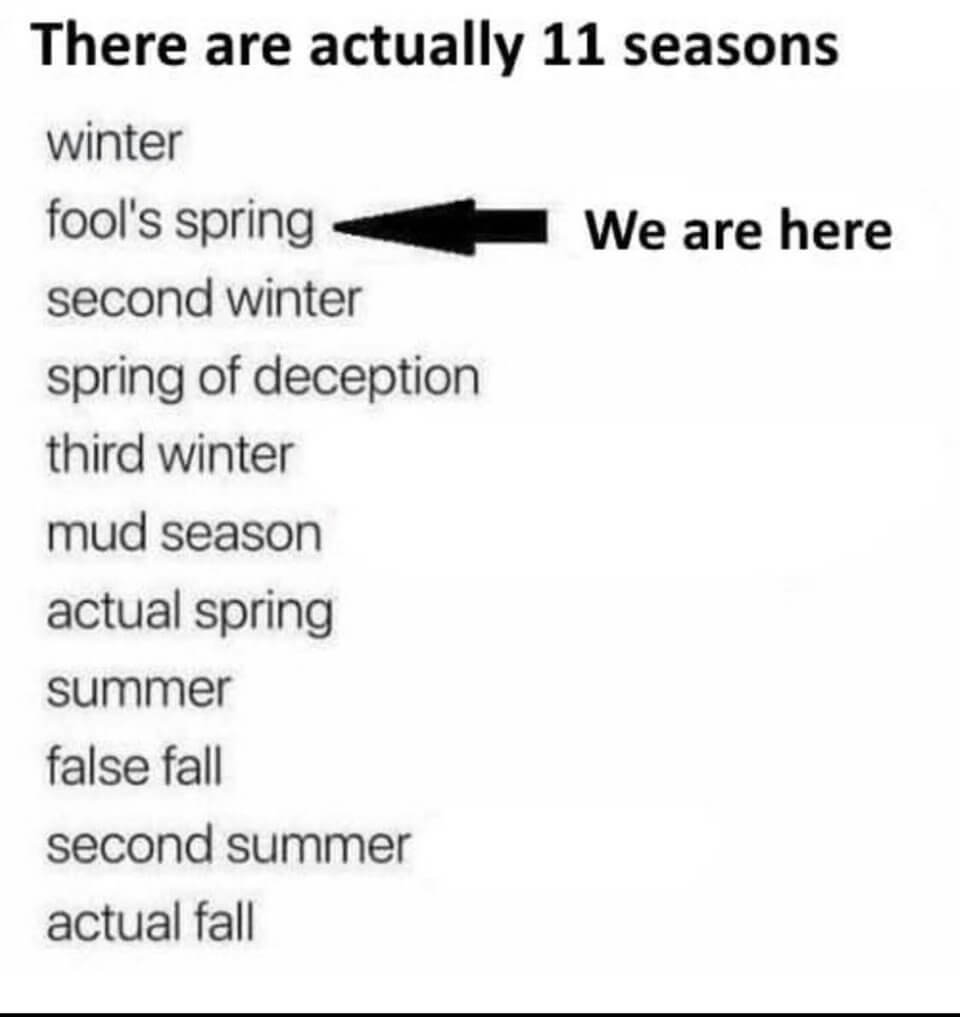
The days are getting longer, the snow is melting rapidly, the songbirds are out in full force, and I’m itching to go outside and get my hands dirty in the garden. Realistically, we’re still months away from our peak growing season, but there are still plenty of things to do in preparation for the year ahead.
Namely: seed starting.
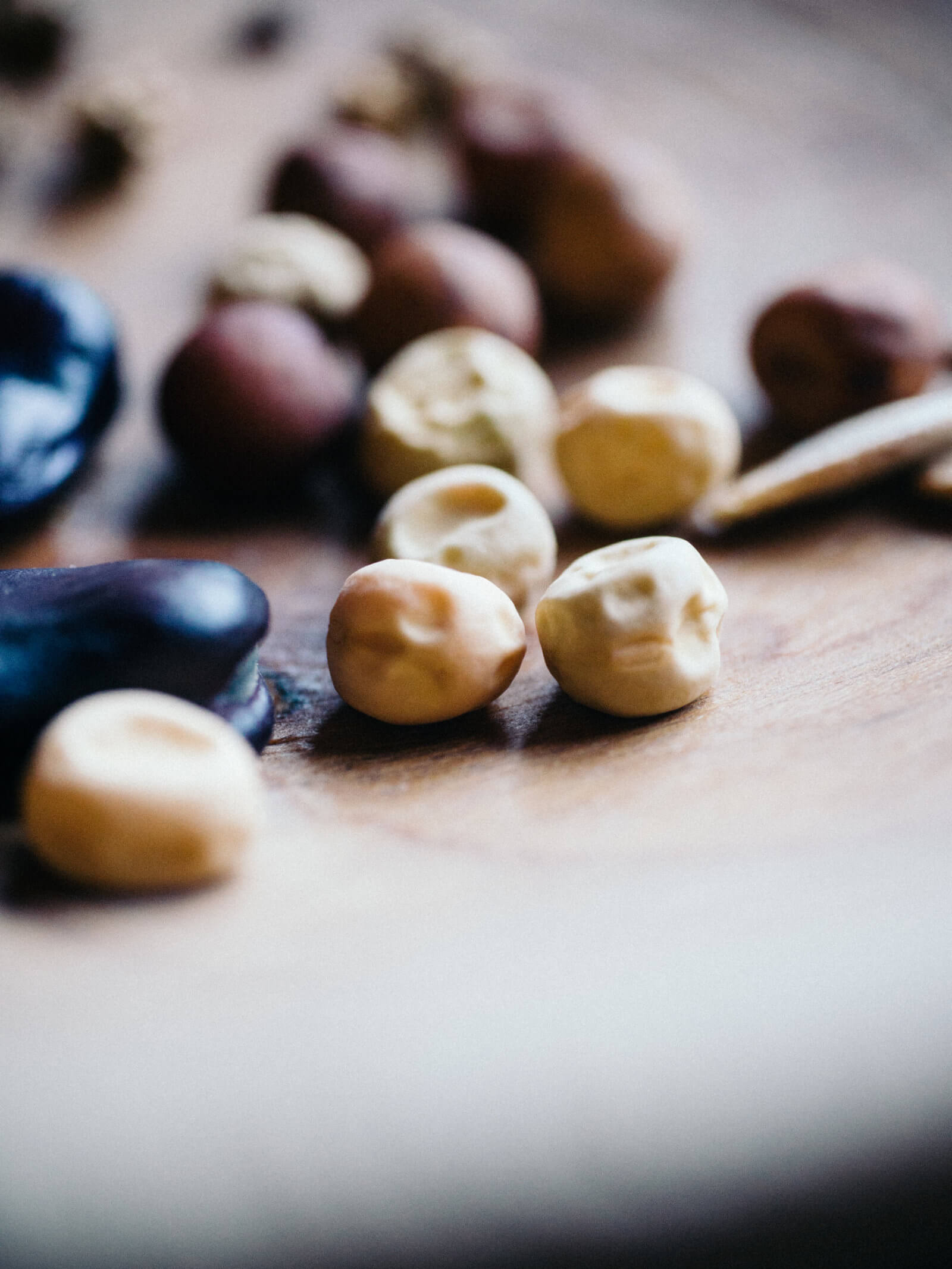
Starting your own seeds is a wonderful way to get a head start on the growing season, especially if you’re still waiting for the ground to thaw.
Here in Bend, Oregon, we have a frost-free season of only 75 days! Aside from buying transplants, which can add up quickly, sowing seeds indoors or in a greenhouse is the only way to ensure a successful garden in a short-season climate.
It’s also an affordable way to fill a garden, and by starting your own seeds, you get access to thousands more varieties than you’ll ever find in a big-box garden center or local nursery.
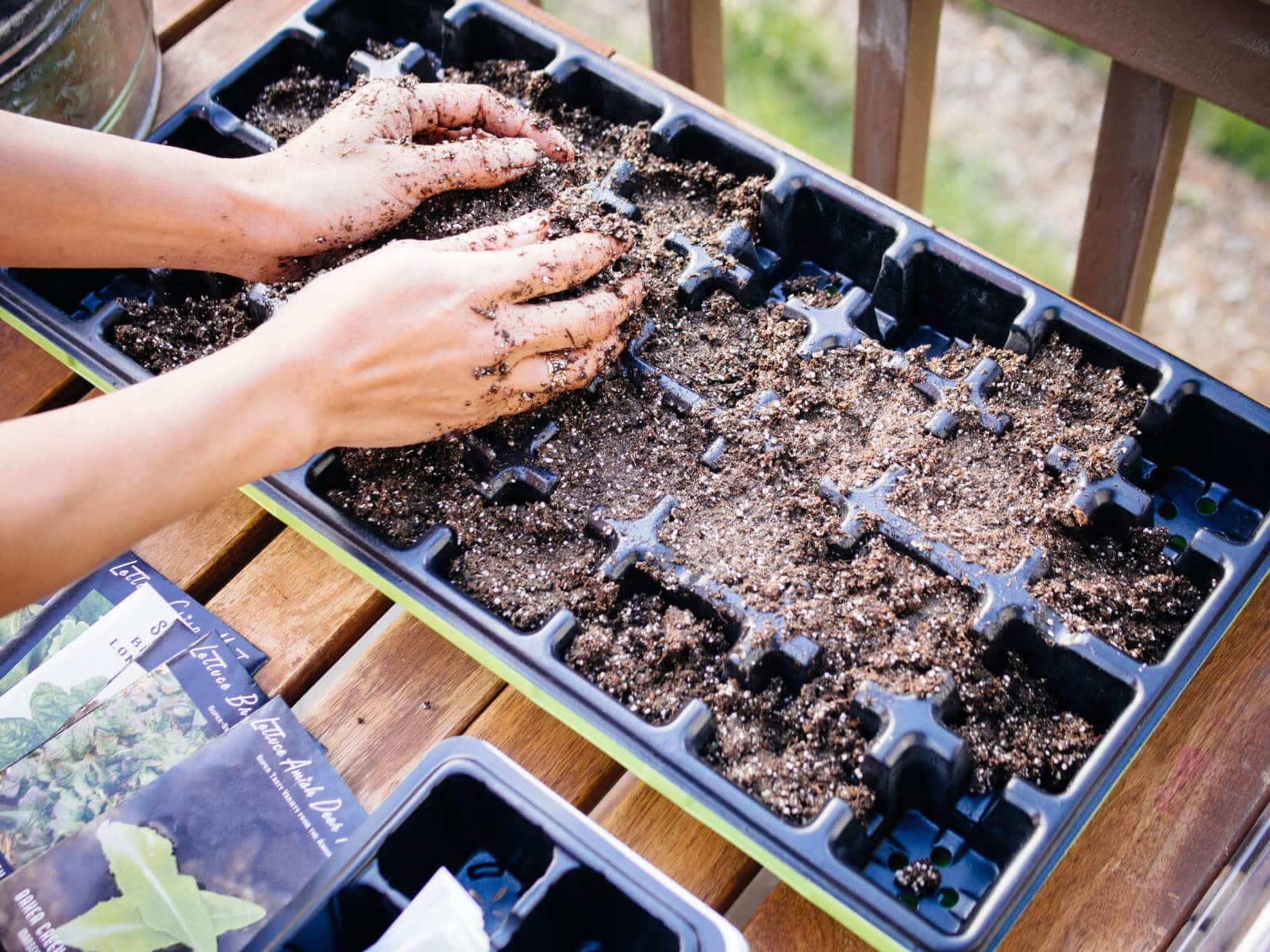
Giving your plantings a few weeks of lead time means you’ll have stronger, more established plants to put outside once the weather has warmed.
These larger plants (particularly brassicas like cabbage and broccoli) are better able to withstand pests that love to feast on tender, delicate seedlings, and are more resilient to the wide temperature fluctuations common in spring. They’re also less likely to get crowded out by weeds or mistakenly removed along with them.
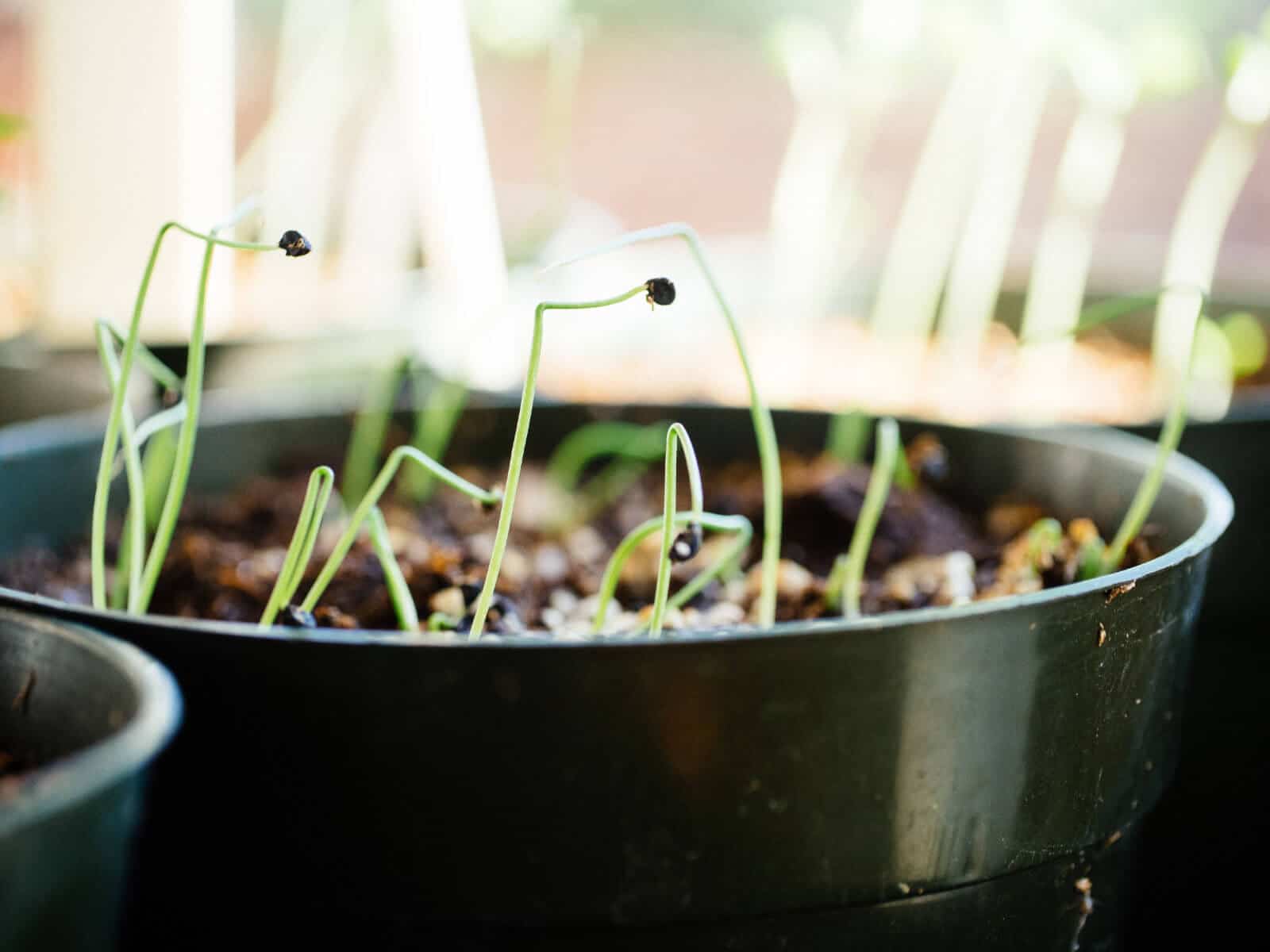
I’ve learned a lot about seed starting over the years, mostly by killing a lot of seedlings through underwatering, overwatering, forgetfulness, carelessness, or curious experimentation.
It can be so disheartening to see hours of your hard work go to waste, simply because you didn’t provide enough light in those early weeks of seed germination or harden off your seedlings properly.
To be honest, trial and error — though valuable in experience — isn’t the most fun way to learn how to start seeds. So, I’ve assembled the ultimate roundup below of my best tips, tricks, and tutorials to help you succeed this growing season.

You’ll find out which bombproof seed starting trays I swear by and the seed starting mix that never fails me (if I’m not making my own, that is). You’ll learn how to calculate the right amount of plants to grow for your family and why it’s worth testing those tough-to-sprout seeds in a baggie first.
And finally, I’ll take you through every step of starting your own seeds indoors in my beginner’s seed starting guide, quickly and easily.
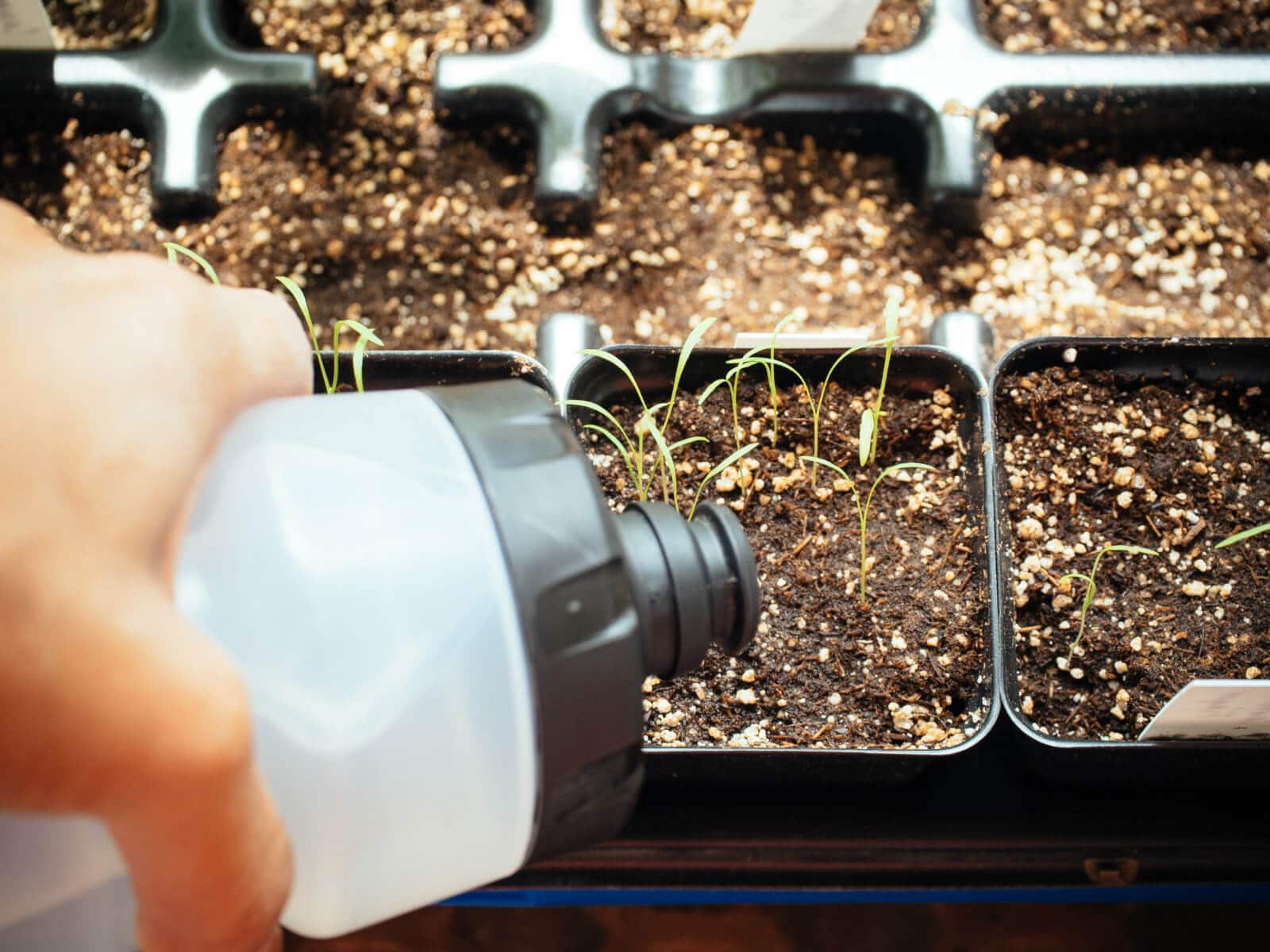
Learn from a decade’s worth of my experiences, mistakes, and smack-my-head moments, invest your resources wisely, and enjoy the process along the way!
If you've always wanted to start your own seeds indoors but didn't know how, start here. Learn to decipher common terms and abbreviations used in seed catalogs and seed packets. The beauty of rare heirloom vegetable seeds is the colorful history they come with. Save time (and space!) by determining if your seeds are still viable before sowing them. Pick the right varieties for your climate and plan your garden efficiently by paying attention to this number. Learn how to assess your family's needs and figure out how many plants to grow in your garden each season. Knowing the root depth of your plants can help you prep garden beds and choose containers wisely. This kid-friendly DIY project upcycles egg cartons and eggshells into biodegradable seed starters. Know what kind of seed starting supplies are worth stocking up on (and which ones to avoid). From old newspapers to aluminum pans, there's no reason to go out and buy new pots for starting seeds. This time-saving tip will help you streamline the start and end of every growing season. There's nothing cheaper (or easier) than making a pile of newspaper pots for starting seeds. Here's the trick to checking the viability of old seeds or starting seeds with long germination periods. Consistent moisture is the key to your seeds sprouting more quickly and resisting rot in the soil. Soilless seed starting mix is easy and economical to make at home. Only three ingredients needed! Learn how to start your own seeds indoors with this complete step-by-step guide for new gardeners. A lot goes on behind the scenes after your seeds are sown. See the magic that is seed germination! Did you know that each individual beet (and chard) seed is actually a cluster of seeds? This common fungal disease strikes seedlings soon after germination, but is easily preventable. Sunlight is essential for plant health. Learn how to keep your seedlings from getting too gangly. Get your young plants acclimated to the outdoors before transplanting them in the garden. Instead of discarding or composting your unwanted seedlings, use them as sprouts and microgreens! Starting seeds isn't just a springtime task. There are many seeds you can sow in summer for a fall harvest.The Ultimate Seed Starting Guide: A Roundup of Garden Betty's Best Tips and Tutorials
Decoding Your Garden Seed Catalogs
The Stories Behind Heirloom Seeds
How Long Do Seeds Really Last? (Plus, a Cheat Sheet on Seed Storage Life)
How to Use Days to Maturity on a Seed Packet to Help You Be a Better Gardener
How Much to Plant in a Vegetable Garden to Feed a Family
How Deep Are the Roots of Garden Vegetables?
Starting Seeds in Eggshells... Cute and Yes, Even Practical
Seed Starting Supplies on the Cheap: Scouring the Dollar Store
Seed Starting Containers You Already Have Around the House
Why I Don't Wash My Plant Pots (and You Don't Need To Either)
How to Make Recycled Newspaper Pots for Seed Starting
Starting Seeds in Coffee Filters (or Paper Towels)
Soaking Seeds to Speed Germination
How to Make Your Own Seed Starting (and Potting) Mix
The No-Brainer Guide to Starting Seeds Indoors
From Seed to Seedling: An Anatomy Lesson
Why Do Multiple Seedlings Sprout From a Beet Seed?
What is Damping Off Disease?
Leggy Seedlings: What Causes Them and How to Correct Them
How to Harden Off Your Seedlings
Gardening Quick Tip: Eat Those Thinnings
Seed Starting in the Summer
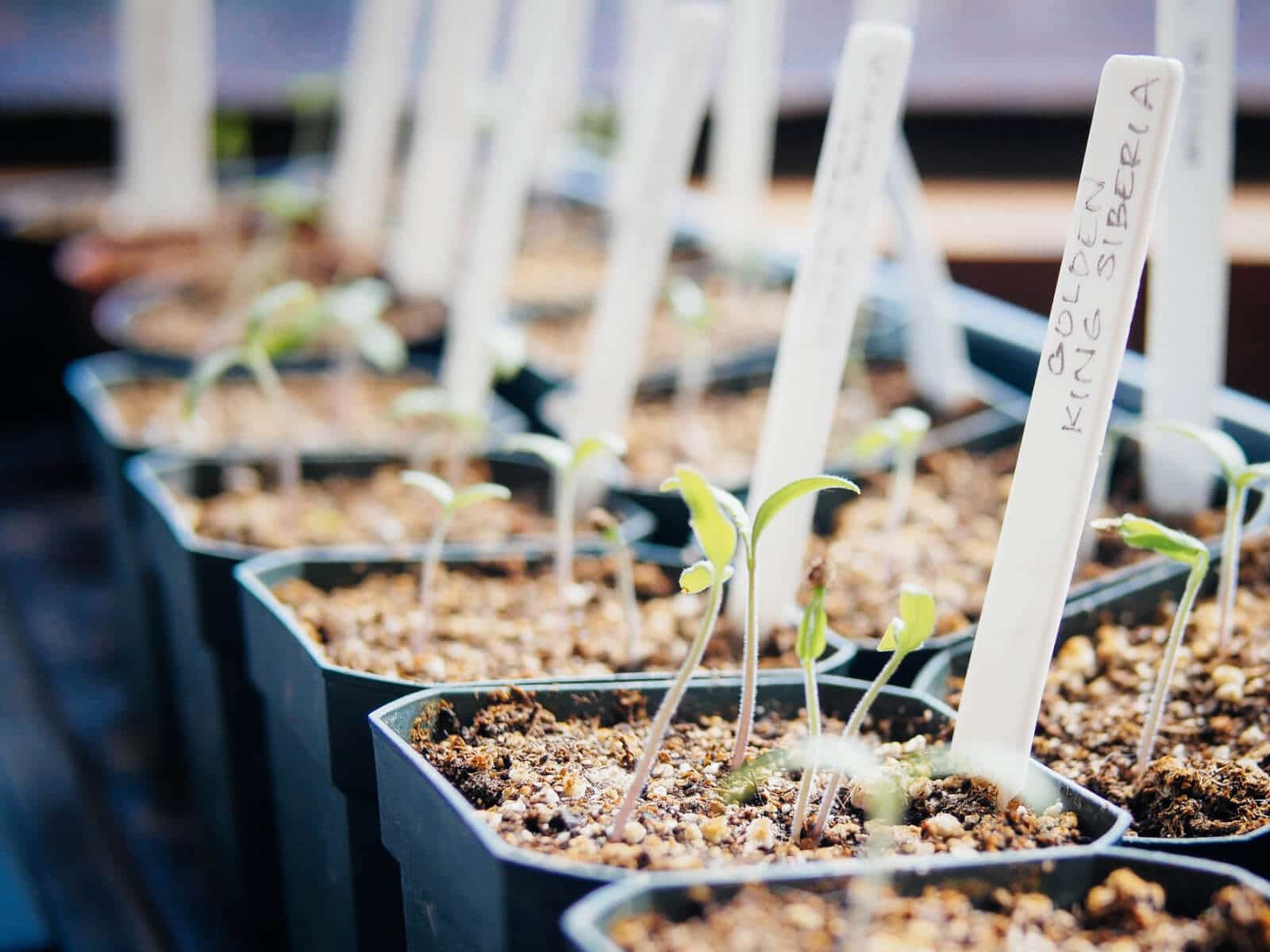
Seed Starting Resources
[show_shopthepost_widget id=”3514022″]



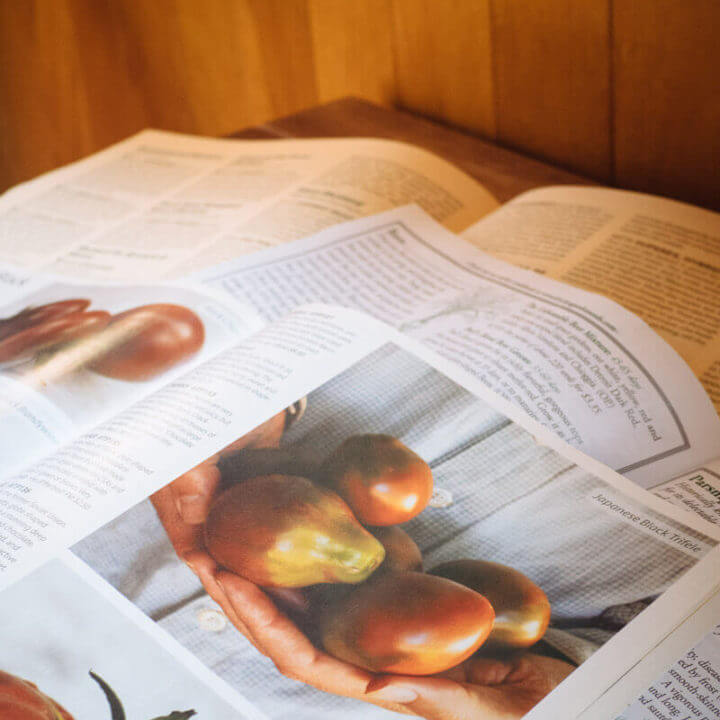
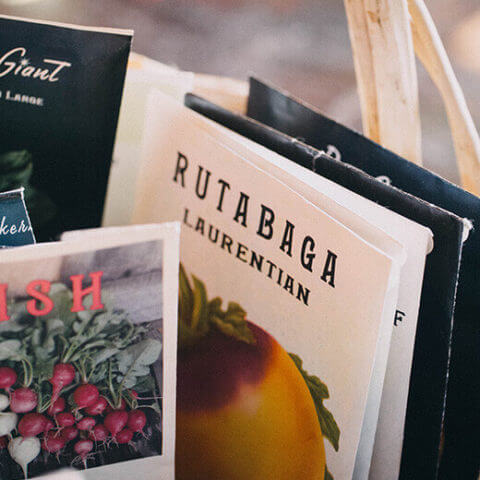
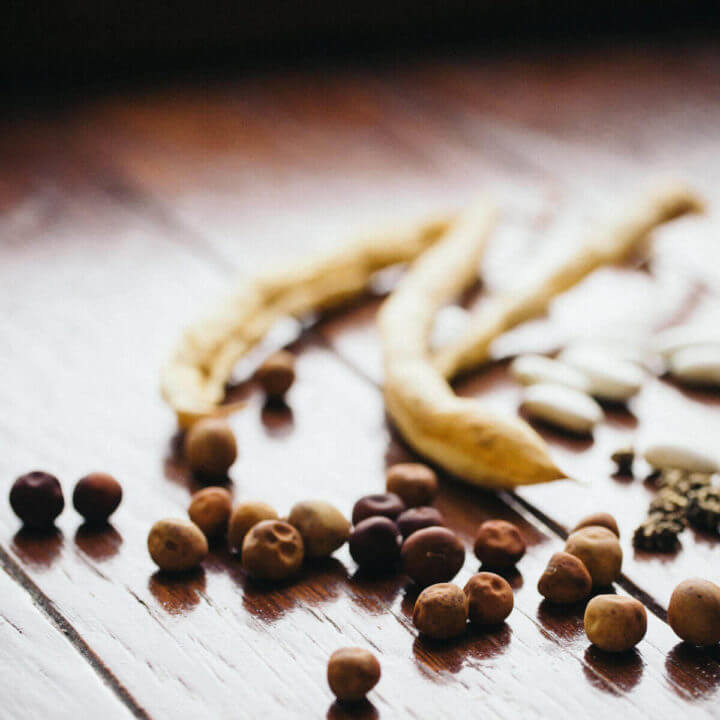
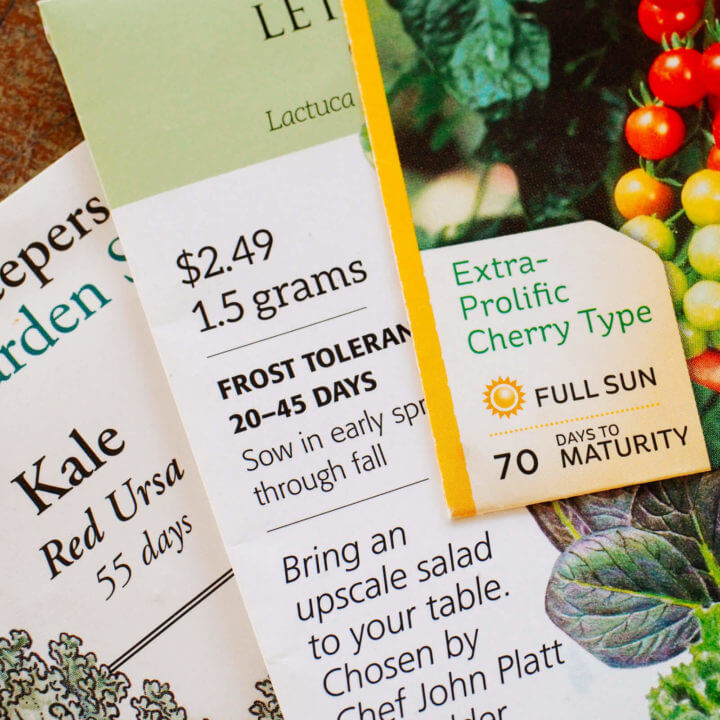
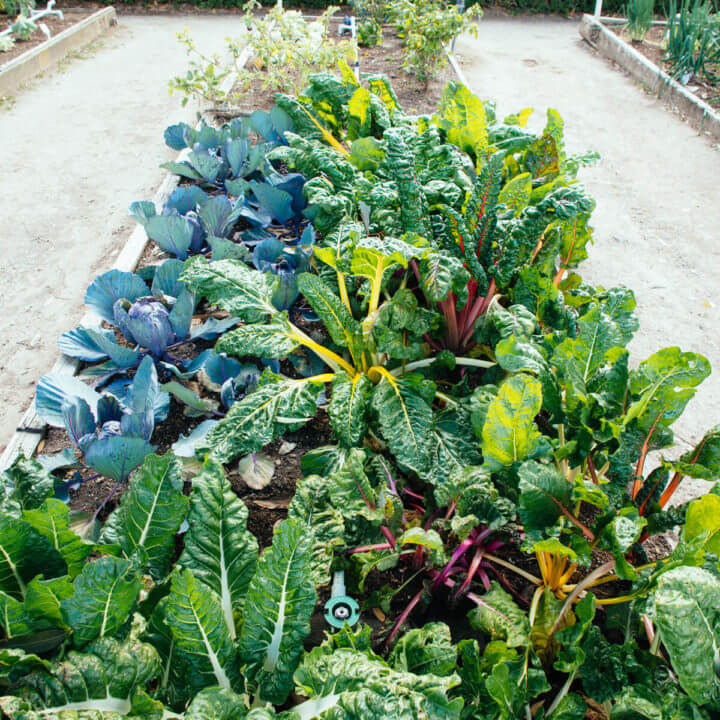
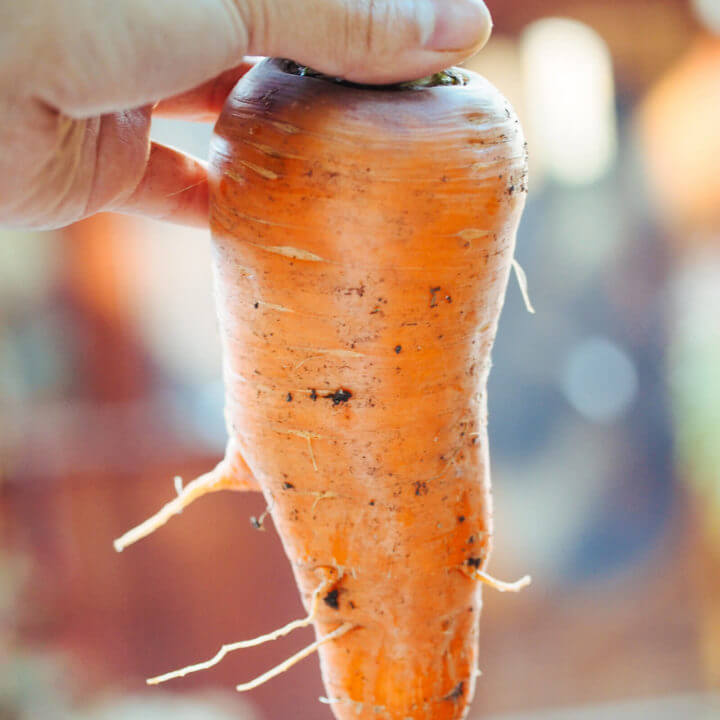
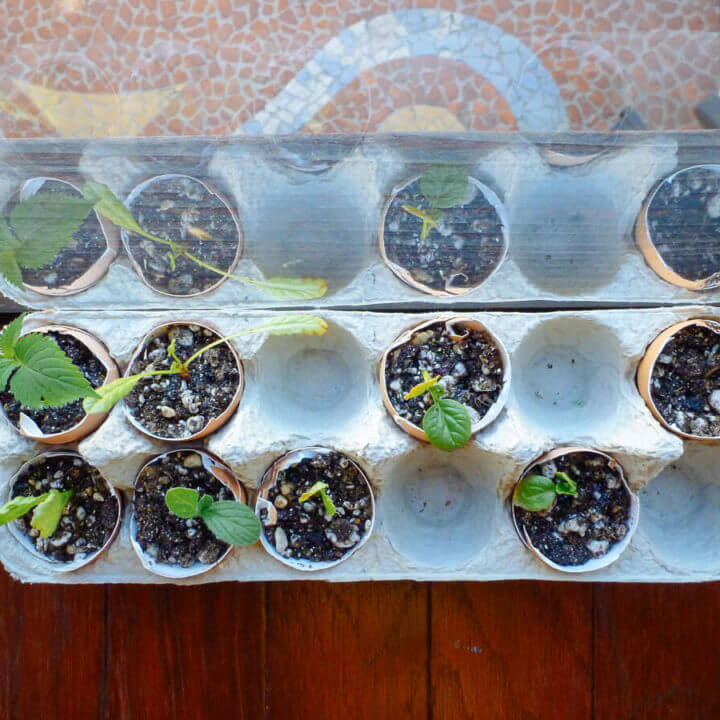
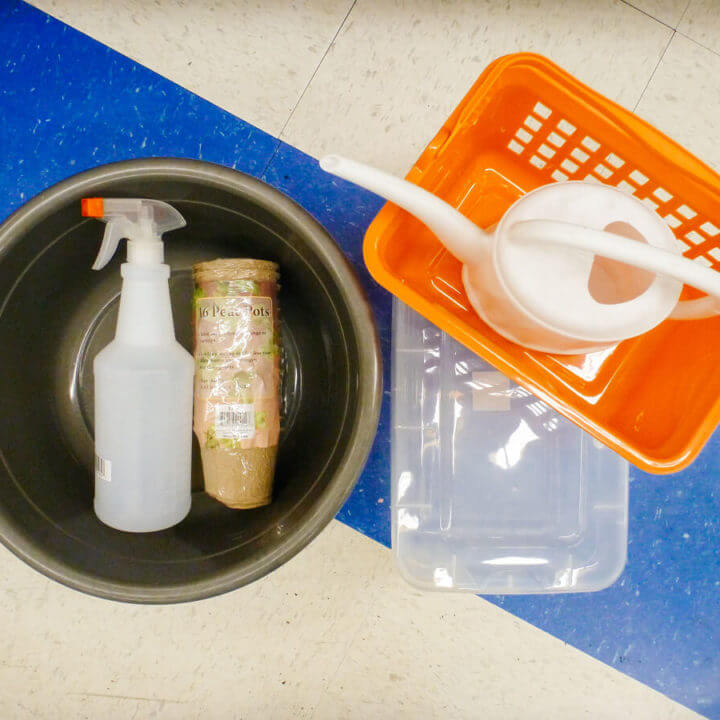
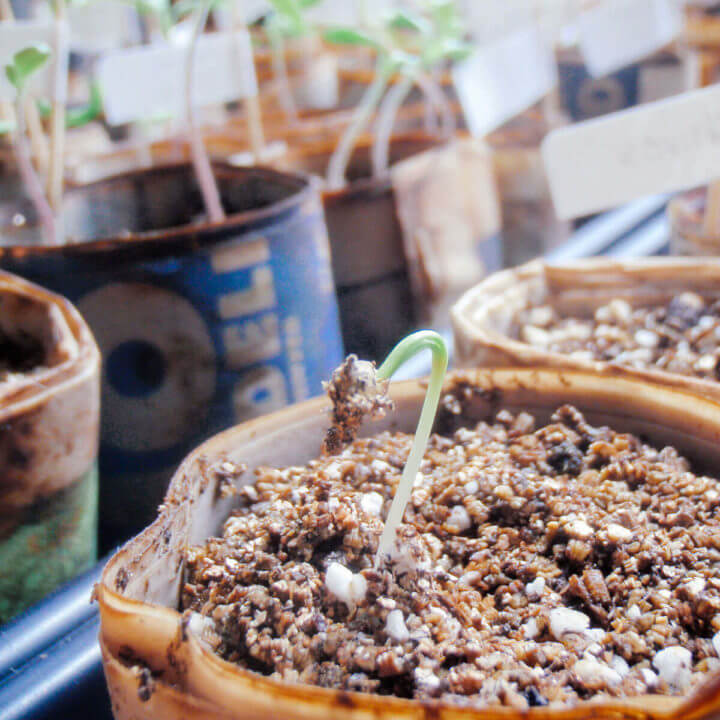
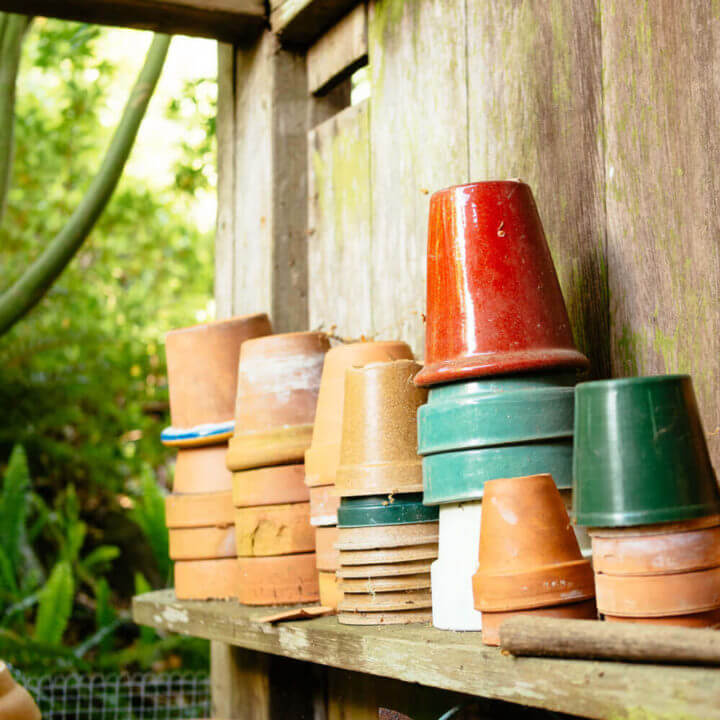
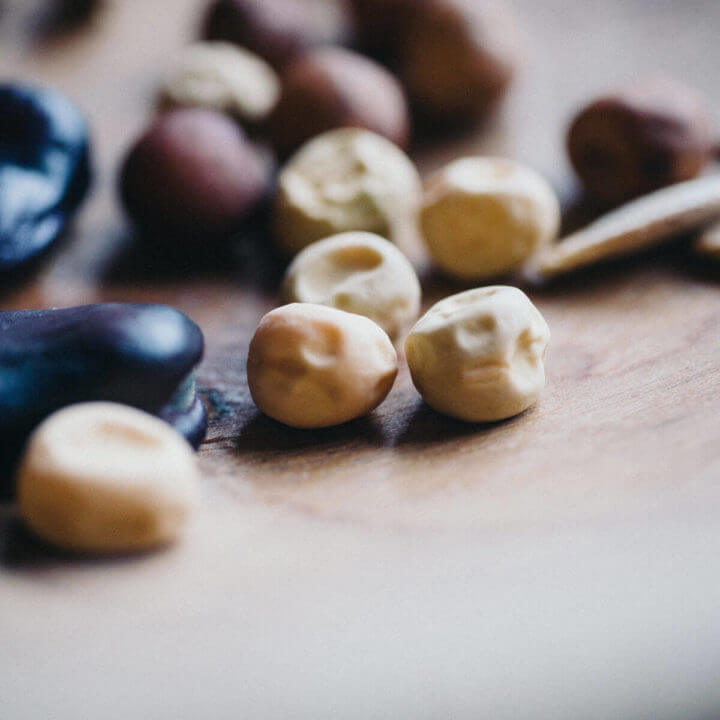
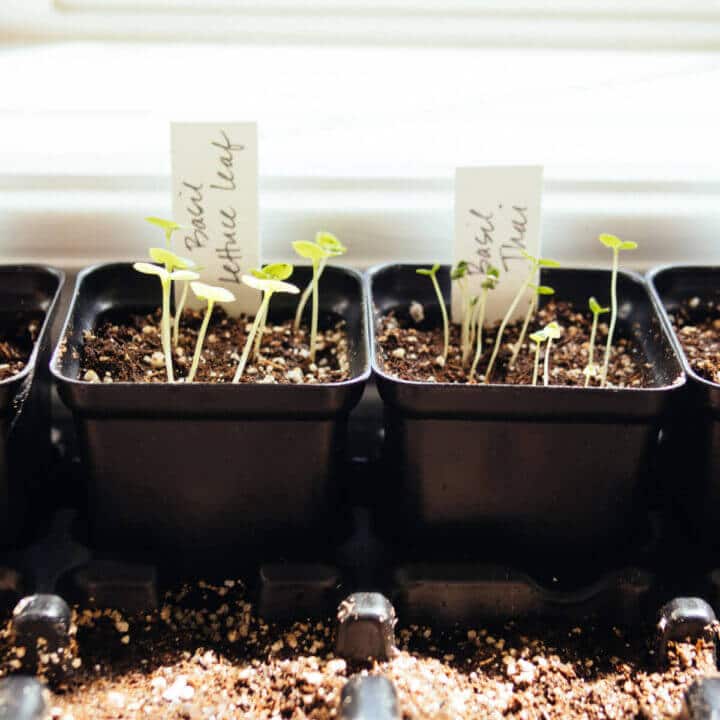
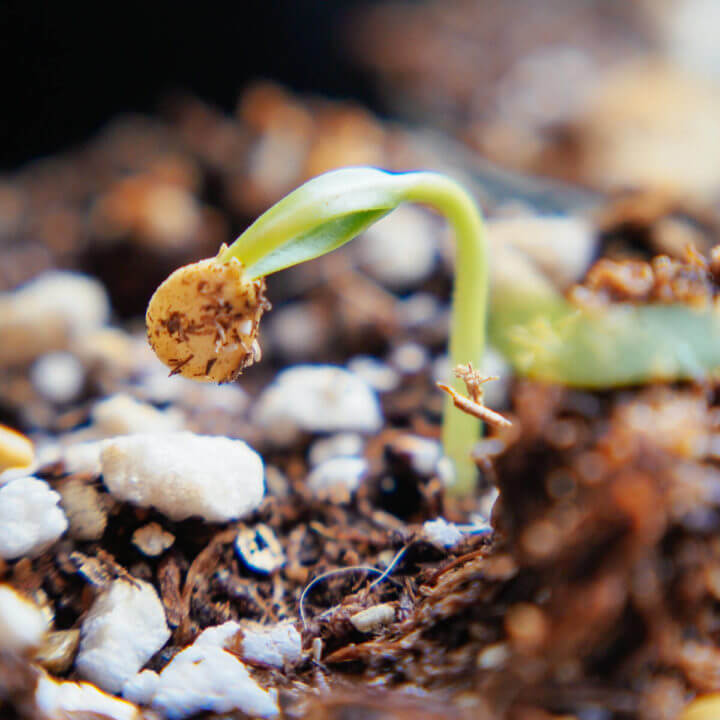
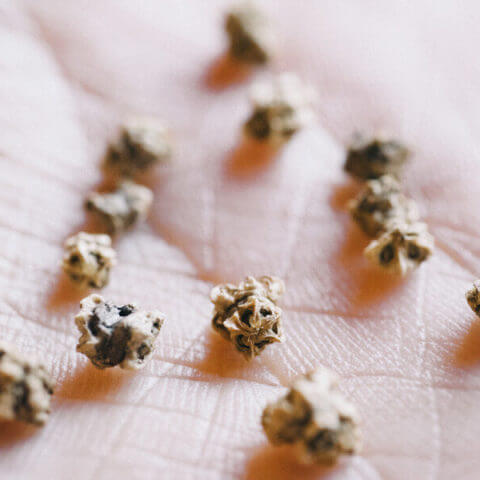
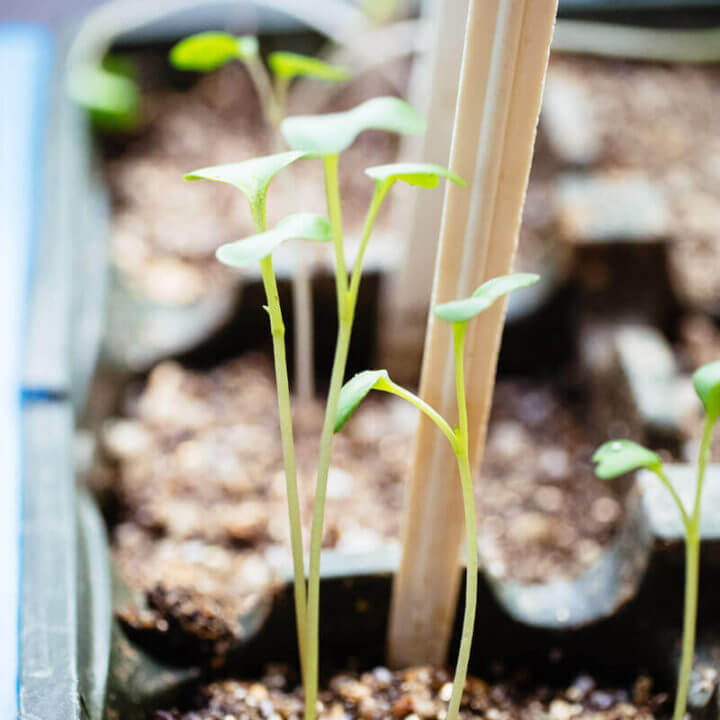
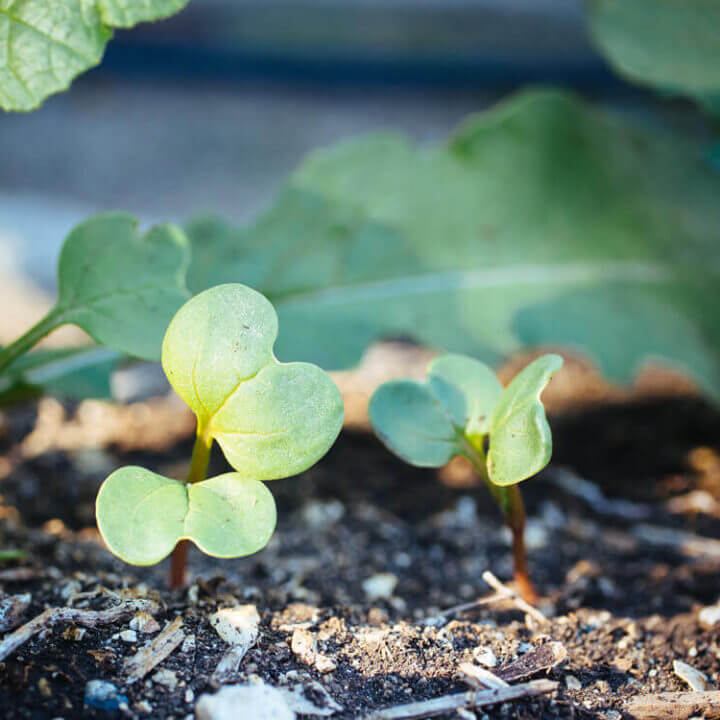













Perfect timing, thanks Linda! I always learn something new from you. I went seed mad last weekend. Am I too early? Never! … ish …
Seed madness is a good thing! 😉